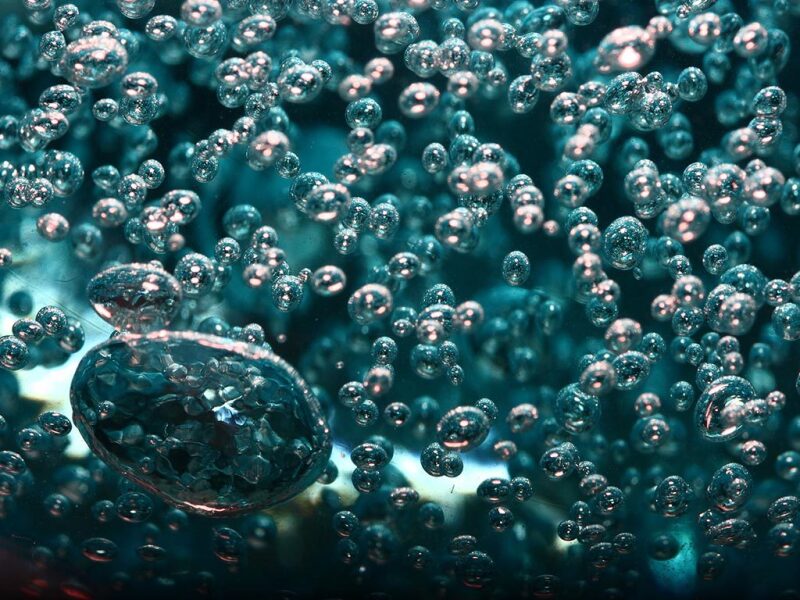This paper summarizes the benefits of using a bipolymer crosslinking system in environments where water quality cannot be guaranteed. In addition to the cost advantages of using a crosslinking system that uses a conventional gelling agent, this paper also demonstrates the yielded cost savings per well that are achievable when reusing 100% produced or flowback water for hydraulic fracturing. The new fluid system consists of a specially formulated biopolymer crosslinking system that is not affected by the inconsistent quality of produced/flowback water typically associated with fracturing applications.
Introduction
Water management is an environmental and logistical challenge to many operators across the United States. With the typical unconventional horizontal well requiring, on average, more than 8 million gal of water in a standard stimulation design, the need for an alternative to fresh water is a growing concern.


